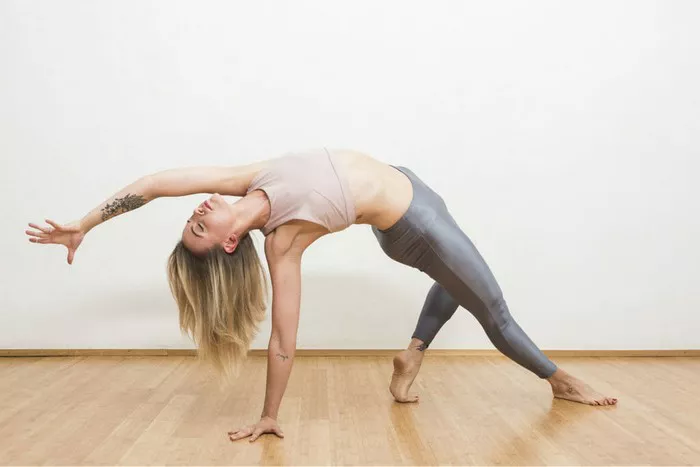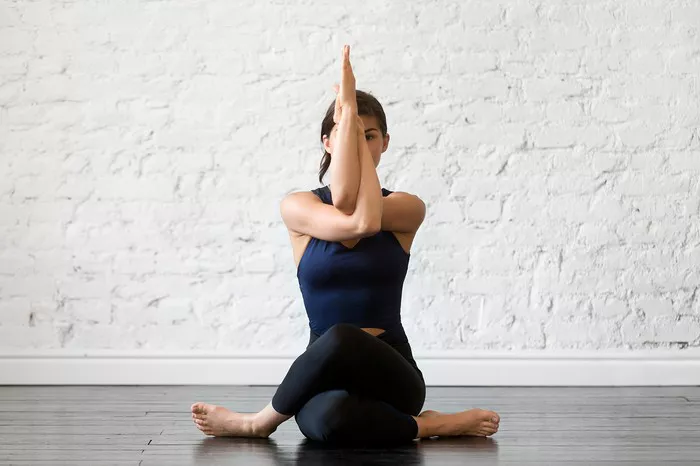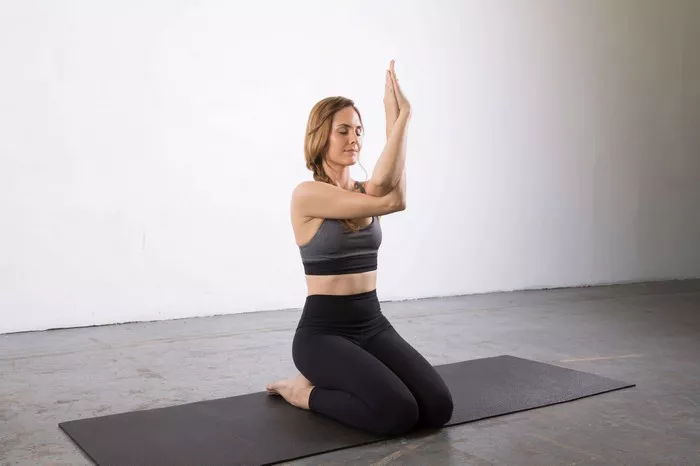In the realm of fitness routines, the order in which different activities are performed can significantly impact their effectiveness. For those incorporating both yoga and cardio into their workouts, the question often arises: should one practice yoga before or after cardio? While there isn’t a one-size-fits-all answer, understanding the physiological and practical implications of each sequence can help individuals make an informed decision tailored to their specific goals and needs.
The Physiology Behind Yoga Before Cardio
Beginning a workout session with yoga holds certain physiological advantages. Yoga, with its emphasis on breath control, stretching, and mindfulness, can serve as an effective warm-up for the body, preparing it for more intense physical activity like cardio.
1. Muscle Activation and Flexibility: Yoga focuses on activating and stretching various muscle groups, promoting flexibility and range of motion. By starting with yoga, individuals can prime their muscles and joints, making them more receptive to the demands of cardiovascular exercises.
2. Mind-Body Connection: Yoga encourages practitioners to cultivate a strong mind-body connection through mindful movement and breath awareness. Initiating a workout with yoga can help individuals center themselves mentally, enhancing focus and concentration during subsequent activities like cardio.
3. Injury Prevention: Proper warm-up is crucial for injury prevention. Yoga, with its gentle yet effective movements, can reduce the risk of strains or injuries during more vigorous exercises that follow. Engaging in yoga before cardio allows individuals to address any existing muscle tightness or imbalances, minimizing the likelihood of injury.
4. Stress Reduction: Yoga is renowned for its stress-relieving benefits, promoting relaxation and reducing cortisol levels. Starting a workout session with yoga can help individuals alleviate pre-existing stress or tension, setting a positive tone for the remainder of the session.
However, it’s essential to consider the specific type of yoga practice when incorporating it into a pre-cardio routine. Gentle, flow-based yoga sequences are generally more suitable as a warm-up, whereas more intense or advanced yoga styles might not provide the ideal preparation for cardio activities.
The Case for Cardio Before Yoga
On the flip side, some individuals may prefer to kick-start their workout with cardio and save yoga for the latter part of their routine. This approach also has its merits, depending on individual preferences and fitness objectives.
1. Energy Levels: Cardiovascular exercises, such as running or cycling, require a significant amount of energy and stamina. Performing cardio first can capitalize on the body’s initial energy stores, allowing individuals to maximize their effort and intensity during the session.
2. Fatigue Management: Cardiovascular activities often leave individuals feeling fatigued, especially if performed at high intensities. By completing cardio first, individuals can conserve their energy for the more mindful and controlled movements of yoga, minimizing the risk of injury due to fatigue-induced lapses in form.
3. Calorie Burn: For those primarily focused on weight management or calorie expenditure, starting with cardio may offer an advantage. Cardiovascular exercises tend to burn more calories per unit of time compared to yoga, making them an efficient choice for those with specific fitness goals.
4. Mental Refreshment: Some individuals prefer to engage in cardio to “wake up” their body and mind before transitioning into a more introspective yoga practice. Cardiovascular activities can boost circulation, increase alertness, and promote a sense of mental clarity, making them a preferred choice for individuals seeking an invigorating start to their workout.
It’s important to note that the effectiveness of this sequence depends on the intensity and duration of the cardio session. Longer, high-intensity cardio workouts may leave individuals too fatigued to fully engage in the mindful aspects of yoga afterward.
Individual Considerations and Preferences
Ultimately, the decision to practice yoga before or after cardio should be based on individual preferences, fitness goals, and overall well-being. There is no definitive right or wrong answer, as both sequences offer unique benefits and can be tailored to suit individual needs.
1. Fitness Goals: Consider your overarching fitness objectives. Are you primarily focused on improving flexibility, reducing stress, or enhancing cardiovascular endurance? Tailor your workout sequence to align with your specific goals and priorities.
2. Physical Condition: Take into account your current physical condition and any pre-existing injuries or limitations. If you have tight muscles or joint issues that require gentle warm-up and stretching, starting with yoga may be more beneficial. Conversely, if you have ample energy reserves and prefer to tackle cardio while feeling fresh, beginning with cardiovascular exercises might be the preferred choice.
3. Time Constraints: Practical considerations, such as time constraints or scheduling commitments, may also influence your decision. If you have limited time for exercise, combining yoga and cardio into a single session may be more feasible, regardless of the order.
4. Trial and Observation: Experiment with both sequences to determine which feels most effective and enjoyable for you. Pay attention to how your body responds to each approach, noting any differences in energy levels, performance, and post-workout recovery.
5. Hydration and Nutrition: Regardless of the chosen sequence, ensure proper hydration and nutrition before, during, and after your workout session. Adequate fueling and hydration are essential for optimizing performance and supporting recovery, regardless of the order in which activities are performed.
Conclusion
The debate over whether to practice yoga before or after cardio ultimately boils down to personal preference, fitness goals, and individual circumstances. Both sequences offer distinct benefits, and there is no one-size-fits-all approach. Experimentation, self-awareness, and flexibility are key in determining the most suitable workout sequence for your needs. Whether you choose to start your session with the calming breath of yoga or the invigorating rhythm of cardio, prioritizing consistency and enjoyment will ultimately lead to a fulfilling and sustainable fitness journey.

















